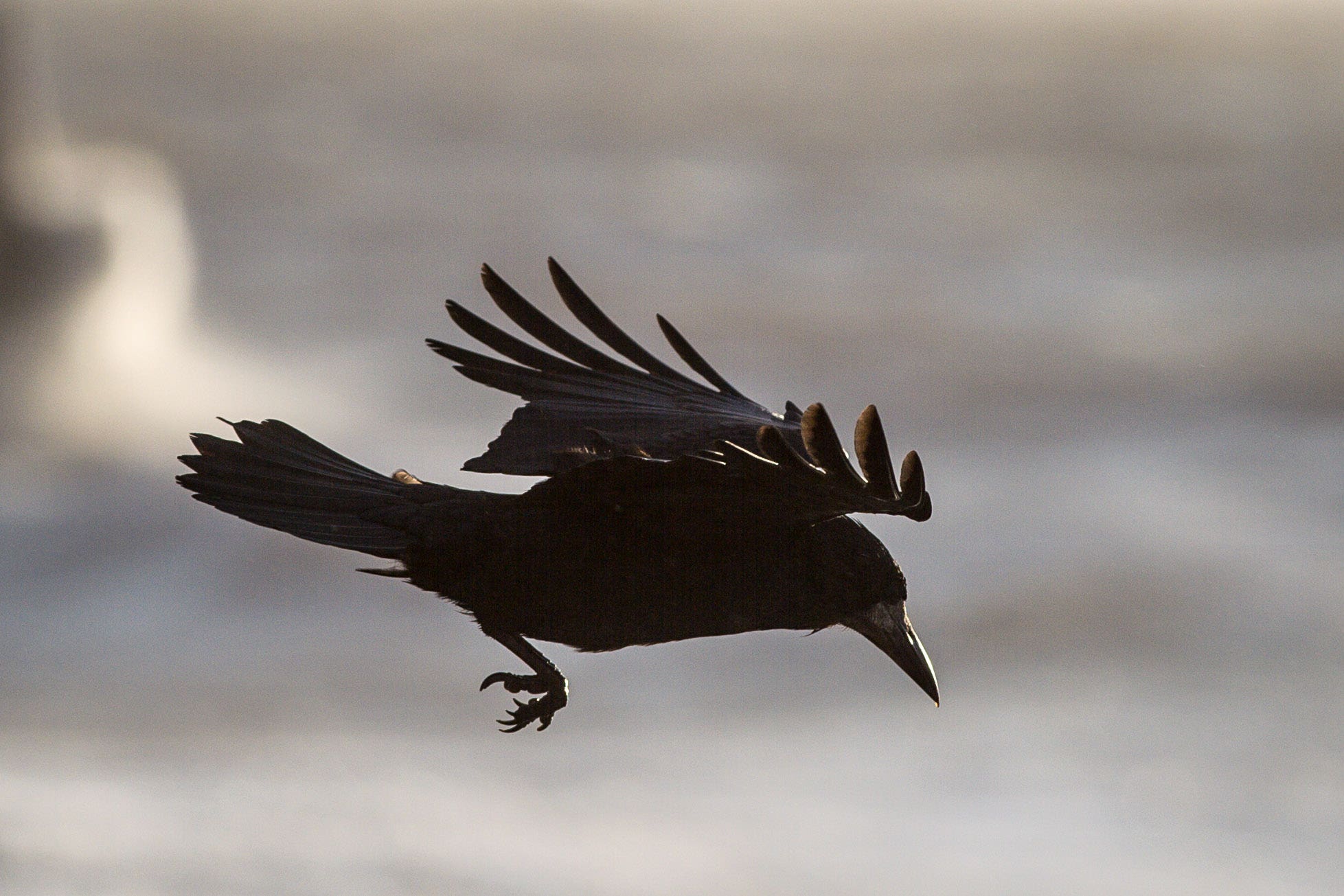City birds can be carriers of antibiotic resistant bacteria, study suggests
In the study, researchers analysed 700 samples of bacteria taken from the guts of 30 species of wild birds across eight countries, including the UK.

Your support helps us to tell the story
From reproductive rights to climate change to Big Tech, The Independent is on the ground when the story is developing. Whether it's investigating the financials of Elon Musk's pro-Trump PAC or producing our latest documentary, 'The A Word', which shines a light on the American women fighting for reproductive rights, we know how important it is to parse out the facts from the messaging.
At such a critical moment in US history, we need reporters on the ground. Your donation allows us to keep sending journalists to speak to both sides of the story.
The Independent is trusted by Americans across the entire political spectrum. And unlike many other quality news outlets, we choose not to lock Americans out of our reporting and analysis with paywalls. We believe quality journalism should be available to everyone, paid for by those who can afford it.
Your support makes all the difference.Wild birds such as ducks and crows living close to humans are “reservoirs” of bacteria that are resistant to human antibiotics, a study suggests.
Researchers say this creates an urgent need for policy makers and health services to consider how antibiotic resistant bacteria (bacteria with antimicrobial resistance, or AMR) can spread outside hospital settings.
AMR occurs when disease-causing microbes such as bacteria become resistant to antibiotics that would otherwise kill them.
The study found that wild birds living close to humans, such as crows and ducks, contained a wider range of bacterial strains, and up to three times more AMR genes than birds living in more isolated environments such as mountains.
Our study is the first to demonstrate that wild bird populations in cities are reservoirs of bacteria resistant to many important human antibiotics
This included genes associated with resistance against many commonly used human antibiotics.
It is estimated that in England 58,224 people had a severe antibiotic-resistant infection in 2022, and 2,202 died.
In the study, researchers analysed 700 samples of bacteria taken from the guts of 30 species of wild birds across eight countries, including the UK.
They looked at Campylobactor jejuni, a common diarrhoea-causing bacteria found in birds’ gut microbiomes – the bacteria, viruses and fungi that live inside us and on our skin.
Genetic signals associated with AMR were found across all the bird species studied.
Professor Samuel Sheppard, digital microbiology and bioinformatics lead, Ineos Oxford Institute for antimicrobial research and Department of Biology, Oxford University, said: “Antimicrobial resistance is a complex problem that affects not only human health but also animals and the environment.
“Wild birds have potential to transfer AMR over long distances to livestock raised for meat consumption and companion animals such as pets.
“This can have economic implications for agriculture, animal welfare, and food security.”
“Our study is the first to demonstrate that wild bird populations in cities are reservoirs of bacteria resistant to many important human antibiotics.
“There is an urgent need to understand how human activity is influencing the spread of zoonotic diseases and AMR.”
Birds can travel large distances, and many species identified in the study, such as crows and thrushes, are prevalent in urban environments, in close contact with humans.
Animals living in urban areas are exposed to various sources of antimicrobial resistant bacteria, such as wastewater-contaminated rivers, and could play a role in spreading these to humans.
As human populations continue to grow, urbanisation disrupts the existing environment as well as the animals that live there, potentially leading to increased contact between humans and wild animals.
The experts suggest the data provided by their research will be invaluable for future studies to understand the full impact of human expansion on the spread of zoonotic disease and AMR.
Prof Sheppard said: “Our study highlights the need for co-ordinated global action that considers wildlife conservation, public health, and agriculture, to limit far-reaching impacts of AMR.”
The findings are published in the Current Biology journal.